Professional Associations
Heritage can basically be anything and exist anywhere. It can also be personal and collective as well as local and global.
Fredholm (2017) writes that heritage planning can be anything but a simple and straight-forward activity. As heritage is inherently dissonant, poor planning and management can lead to conflict. A burgeoning public interest in the ways the past is presented and represented naturally includes certain modes of heritage governance which have in turn generated new challenges to traditional planning systems.
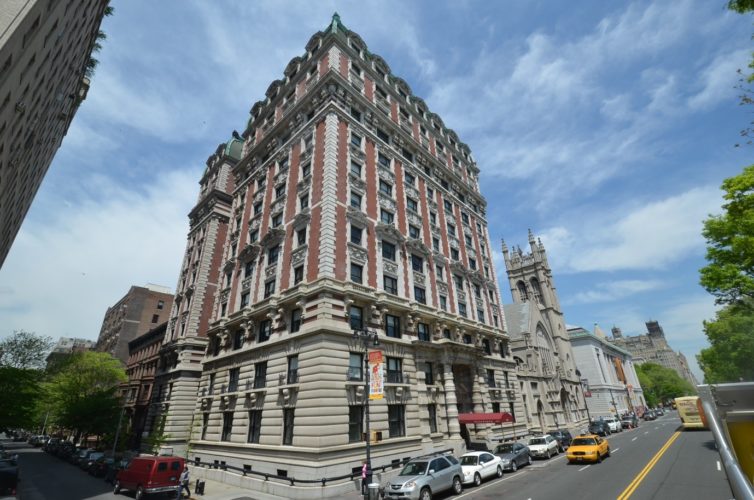
Fig.1 – Heritage building in Manhattan, NYC
The way in which heritage is approached in planning is equally important to professionals, politicians, scientists, citizens and tourists. Engagement with heritage through governance structures has an impact on societal development. There is a necessity for heritage planners to direct their management structures specifically to address the needs and expectations of pertinent ‘beneficiaries such as owners and the community’. Heritage planning interacts with related fields of practice to bring about an ambient condition in which change can be managed without the loss of identified significance whether or not such significance is embodied in the material fabric of the buildings or is bound up with a spiritual connection to the place itself.
Over the past forty years, professional heritage practices have gone through significant adjustments. This began with the emergence of an international movement in protecting heritage in the post–WW2 period along with the development of international standard-setting instruments such as various ICOMOS Charters.
The charters have given rise to and have promoted technically oriented conservation of monuments or ensembles of built environments. It has also managed to produce effective comprehensive official protective legislation which aligns with an approach to planning based on instrumental rationality. An instrumental rational approach is inherent in heritage planning as well to the extent that the heritage is viewed not only as a technical problem but as a social construct as well. In western institutionalised planning systems that we have today, there is an implication that there should be a reciprocal relationship between different levels of political influence in order to facilitate an interpretation and implementation of policies by local and regional authorities that work both downwards and upwards.
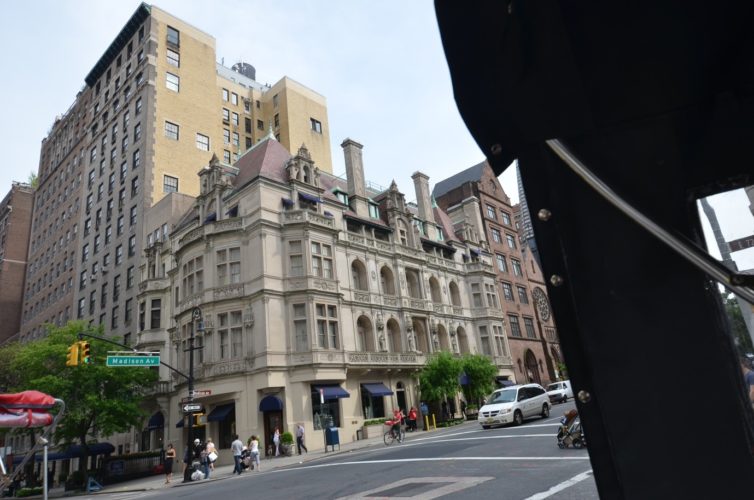
Fig.2 – Heritage building in Manhattan, NYC
This current thinking in heritage planning has brought about a need for strategic assessments of cultural heritage significance in order to measure potential impacts based on changes to the listed inventory brought about by proponents (usually owners and developers). This includes deliberate steps such as “understanding the problem”, “gathering information”, “analysing information”, “synthesising policies” and “working out solutions” as to how best to safeguard identified values of objects or sites in the face of change (Fredholm, 2017).
Framed by conventions and charters, the evolution of the heritage sector has resulted in a broadening of the definitions of cultural heritage from initially comprising monuments and sites to now comprising groups of buildings or the “entire” built environment contained in conservation areas or cultural heritage landscapes. Intangible aspects are included too.
As part of this evolution, integrated conservation has become a well-established scholarly-professional discourse and an approach to the application of heritage planning in local and regional development contexts that focus on shared responsibility in which decision makers, owners, occupiers, users, and tourists play equally important roles in collectively managing change. The evolution of private heritage practices within a neoliberal context has encouraged planners to negotiate heritage within a politicised socio-economic dimension of local and regional development. The heritage sector has evolved a much closer relationship with urban planning and development institutions in government, NGOs and QUANGOs as well as local communities to the extent that today, they are structured to invite public participation as a bottom-up approach rather than a top-down professionally driven hands-off approach.
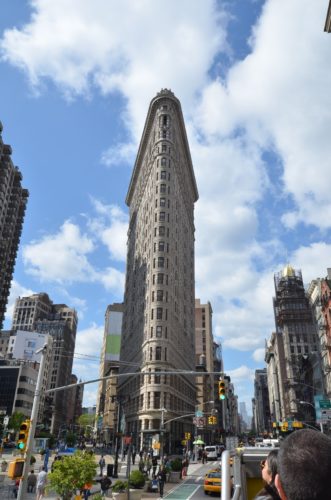
Fig.3 – Flat Iron Building in Manhattan, NYC
The context of sustainability has also promoted new inclusive agendas that now recognise the embodied energy comprised in heritage buildings and places. In heritage planning, values- centred approaches have emerged, where the management of historic places attempts to fully incorporate community values. There is a noticeable shift in the role of heritage planners to act as facilitators enabling people to engage with their cultural heritage for the sake of their well-being, rather than a privileged expert class prescribing certain actions that may or may not be adopted by decree.
These approaches are theoretically grounded in an understanding that heritage planning is a discursive practice which continuously evolves as meanings ascribed to objects and places continually shift with changes in society and changing technologies and attitudes. Pluralistic value categories have emerged as heritage values are considered less intrinsic to objects as opposed to having been socially constructed.
Conceptually different ways of assessing heritage values are influenced by contemporary external changes that continuously pose new challenges for heritage planners. Collective meaning is ideally addressed in response to spatial threats brought about by emigration, immigration, pollution, refugees, waste management, traffic, increased tourism, antiquities theft and even terrorist threats such that re-evaluations require a setting aside of strictly aesthetic considerations only.
Economic assessments of heritage are increasingly being called upon within government departments – balancing the private right to develop land with the public interest. Additional challenges include
the emergence of tourism as one of the largest industries in the world, the growing concern of the sustainability of urban development and the new roles of cities with ongoing market liberalisation, decentralisation and privatisation as new drivers of development (Bandarin & van Oers, 2012, p. 75).
In this context, the strengthening and direct development of communities, taking advantage of existing structures and their functionality, is still to a large extent secondary to attracting investments, tourists, and residents through the marketing of heritage assets in rather traditional terms (Rypkema, 2007).
In light of the above, it needs to be recognized that there has been a paradigm shift in heritage theory, and governance but this shift is only partly adopted in practice. A central argument is that the complexity inherent to heritage in a local and regional development planning context is still not fully recognised. Heritage planners tend, in general, to regard the activity as a technological problem to be solved by rational decisions. The practice is still in many cases being isolated or confined only to the realm of building or site protection, which may result in lack of integration into the general urban planning framework (The Getty Conservation Institute, 2009).
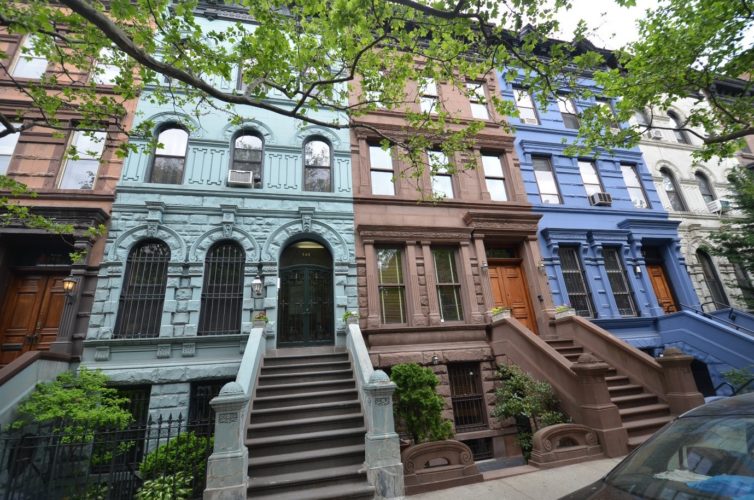
Fig.4 – Heritage buildings in Brooklyn, NYC
Heritage planning is mainly about technical issues relating to restoration and adaptive re-use, but it is just as much about cultural politics and about the links between ideology, public policy, national and community identity formation, and celebration. The fact that professional heritage practice does not seem to be able to apply the theoretical ambitions and recognise the inherent complexity of heritage planning, demonstrates a combination of a theory-practice divide, and a societal challenge (Fredholm, 2017).
Healey (1997) asserts that in all planning processes, it is imperative to recognise the complexity of the overlapping systems of relationships and responsibilities that connect specific local actions to wider relations, impacts and responsibilities”. For practitioners involved in heritage planning, this is particularly important when aiming to channel the enthusiasm of heritage advocates into dialogue among various community interests (De la Torre, 2005).
Paul Rappoport – Heritage 21
5 March 2018
References:
• Bandarin, F & van Oers, R (2012) The Historic Urban Landscape: Managing Heritage in an Urban Century, Wiley Press
• De la Torre, M (2005), Heritage Values in Site Management: Four Case Studies, Getty Conservation Institute
• Fredholm, S (2017) Making Sense of Heritage Planning in Theory and Practice, University of Gothenburg, Sweden and the Global Environment Facility and United Nations Development Programme
• Getty Conservation Institute (2009) Historic Urban Environment Conservation Challenges and Priorities for Action, Historic Cities & Urban Settlements Initiative. Experts Meeting, March 12-14, 2009
• Healey, P (1997) Collaborative Planning: Shaping Places in Fragmented Societies, Basingstoke: Palgrave Macmillan
• Rypkema, D (2007) Economic Benefits of Preservation Session, Sustainability and Historic Preservation, Preservation Action Council of San Jose
Related Articles

The theory of cultural built heritage
How do we define cultural built heritage? What is culture and what is heritage? Where does the idea of conservation…
Read more
Character Enshrined as Heritage Overlays in LEPs
Christine Covington of Corrs, Chambers, Westgarth Lawyers writes (7 March 2018) about proposed new changes to the EP&A Act in…
Read more
Do you have what it takes to be a Heritage Consultant?
According to the 1993 ICOMOS Education & Training Guidelines - Article 5; conservation works should only be entrusted to persons…
Read more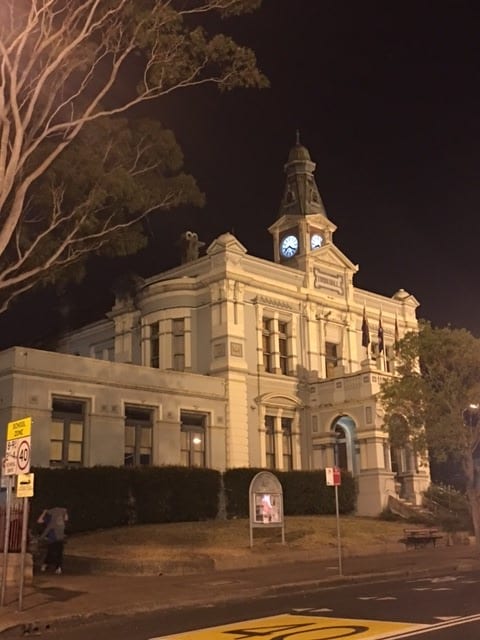
Understanding Economic Heritage Values
How do we capture the various values of cultural built heritage (places and buildings), especially in the context of change?
Read more

Need help getting started?
Check out our guides.

Complete the form below to contact us today.









